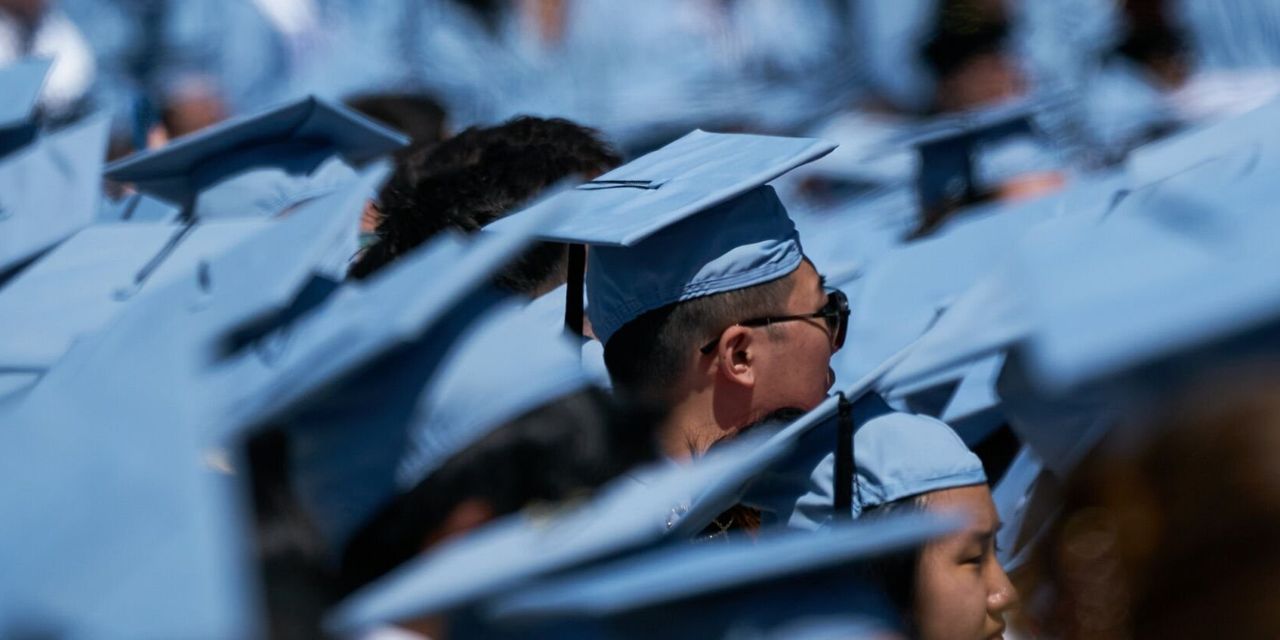President Joe Biden’s administration will automatically wipe a total of $39 billion in federal student loans for more than 804,000 borrowers in the coming weeks, the U.S. Department of Education announced on Friday.
The relief comes just a few months before borrowers have to start repaying their federal student loans after the COVID-19 pandemic triggered a three-year pause.
The administration’s move is a result of fixes to the student loan system’s income-driven repayment plans that ensure all borrowers have an accurate count of the number of monthly payments that qualify toward forgiveness.
“Nearly a million borrowers who have been trapped in decades of never-ending payments will finally get the relief Congress intended,” Persis Yu, deputy executive director and managing counsel at the Student Borrower Protection Center, said in a statement.
“This is only the tip of the iceberg,” Yu said. “Working people with student loan debt have been made collateral damage by a dysfunctional student loan system.”
The Biden administration and education department have also created a new repayment plan called Saving on a Valuable Education (SAVE).
The SAVE plan will cut payments on undergraduate loans in half, ensure that borrowers’ balances don’t grow as long as they keep up with their required payments and allow borrowers to save more of their income for basic needs, according to the Department of Education.
Unfortunately, the new payment system (SAVE) is only for those who make less than $32,800 per year ($67,500 for a family of four). The rest of us are going right back to getting bent over, making payments on loans that never seem to go down.
That is not true at all. Read the plan.
"Discretionary income would be redefined as earnings above 225% of the poverty guideline. The threshold would increase to $32,805 for a single person. These changes would apply to both undergraduate and graduate student debt.
Borrowers’ monthly payments would be calculated as 5% of their discretionary income for undergraduates. They would remain at 10% for graduate students."
“If an undergraduate borrower has a loan of up to $12,000, makes payments over 10 years and hasn’t fully repaid his debt after that time, the remainder would be forgiven. For each additional $1,000 in debt, one year is added to the period of time a borrower must make payments before the remainder of the loan is forgiven. For example, if a borrower has a loan of $14,000, they must make payments for 12 years before the rest of the loan is forgiven.”
“Finally, the revised plan would allow married borrowers to file taxes separately so the monthly payment would not be calculated based on joint income.”
These provisions are for all borrowers, regardless of income. You pay 5% of your discretionary income for 10 years and the rest is forgiven, regardless of what your interest payments. (On an original amount of up to $12,000. The repayment period increases by one year for every additional $1,000 originally borrowed.)
https://www.texastribune.org/2023/07/05/income-driven-repayment-plan-student-debt/
You may be confusing the REPAYE plan with the new SAVE plan.
Per the email sent by the Department of Education yesterday evening:
…“the Administration is implementing the most affordable repayment plan ever created, called the Saving on a Valuable Education (SAVE) Plan. Later this summer, borrowers will start saving money under the new plan, which will cut monthly payments to $0 for millions of borrowers making $32,800 or less individually (the cutoff is $67,500 for a borrower in a family of four) and save all other borrowers at least $1,000 per year. Additionally, it will stop runaway interest that leaves borrowers owing more than their initial loan. Eligible borrowers can enroll in the REPAYE plan today and the Department will automatically enroll them in the SAVE plan and update their monthly payments as the new terms are implemented later this summer.”
Welcome to the middle class. We always get fucked. Been that way ever since I remember, and I’m over a half century old.
Get half the Millennials to fight in a fake war and get the other half to suffer under crippling school debt
And then get ALL of them trapped with predatory lending and planned obsolescence.
All while eating yourselves to death.
Thanks.
note that (if you didn’t read the article) this is only “wiping out” debt for
Student loan borrowers on income-driven repayment plans who have made 20 or 25 years of payments will get their remaining balances wiped out in coming weeks, the Education Department said. Eligible borrowers will be notified starting Friday. A total of $39 billion will be forgiven as part of a one-time adjustment to loan repayment plans the Biden administration announced last year.
So, less than 10% of the previous amount, for very specific borrowers, and decreased collection on loans that never should have had such high interest rates to begin with (or really, they should have no interest - it’s an investment in the people, and their taxes go up with their income. That’s where the government makes it’s money back.)
Not enough. Disband the fucking Supreme Court or pack judges. Bring in a better representative number in House and Senate. It doesn’t matter anymore because public trust in government, and especially in the SCOTUS is dead.
How long till the supreme court ruins this too.
deleted by creator
wat
deleted by creator







